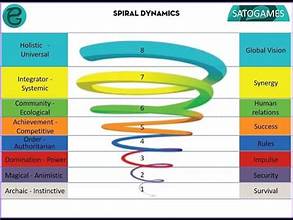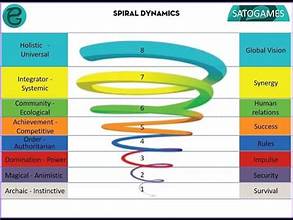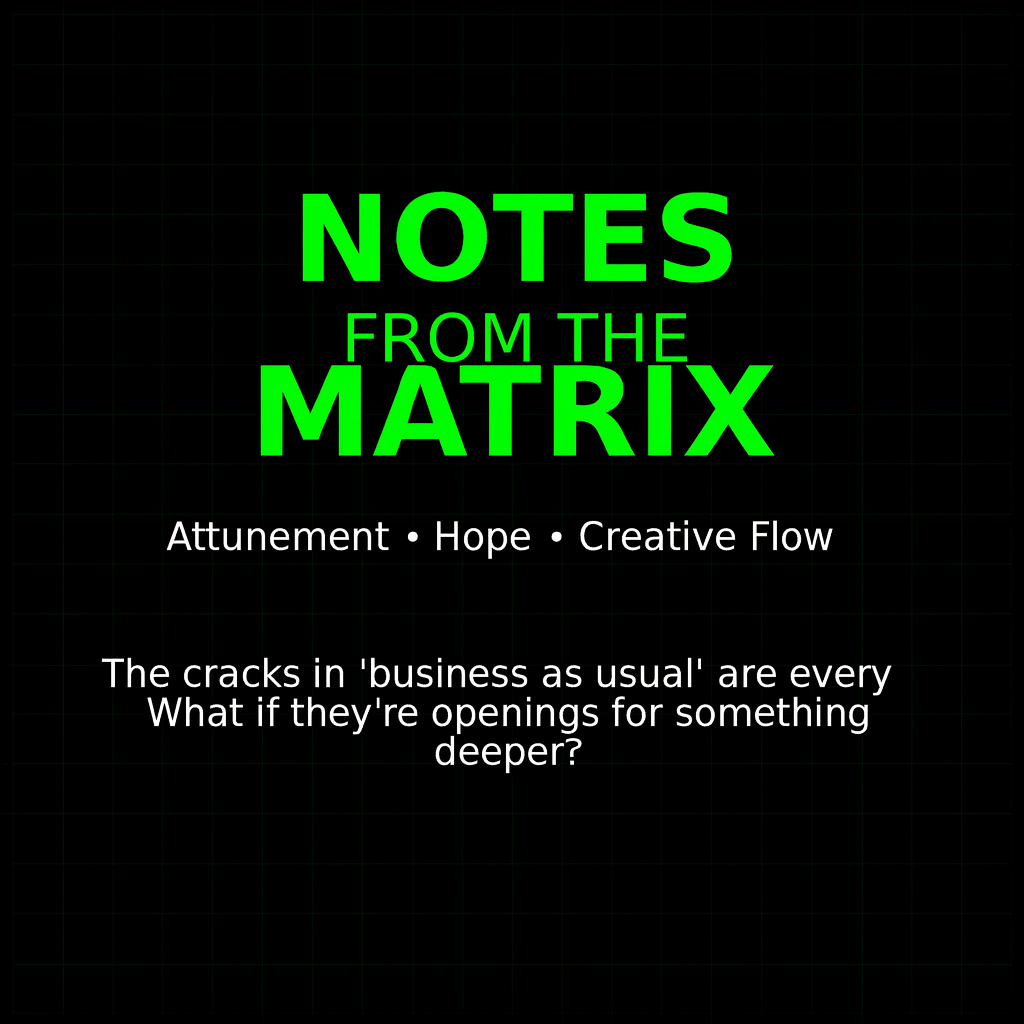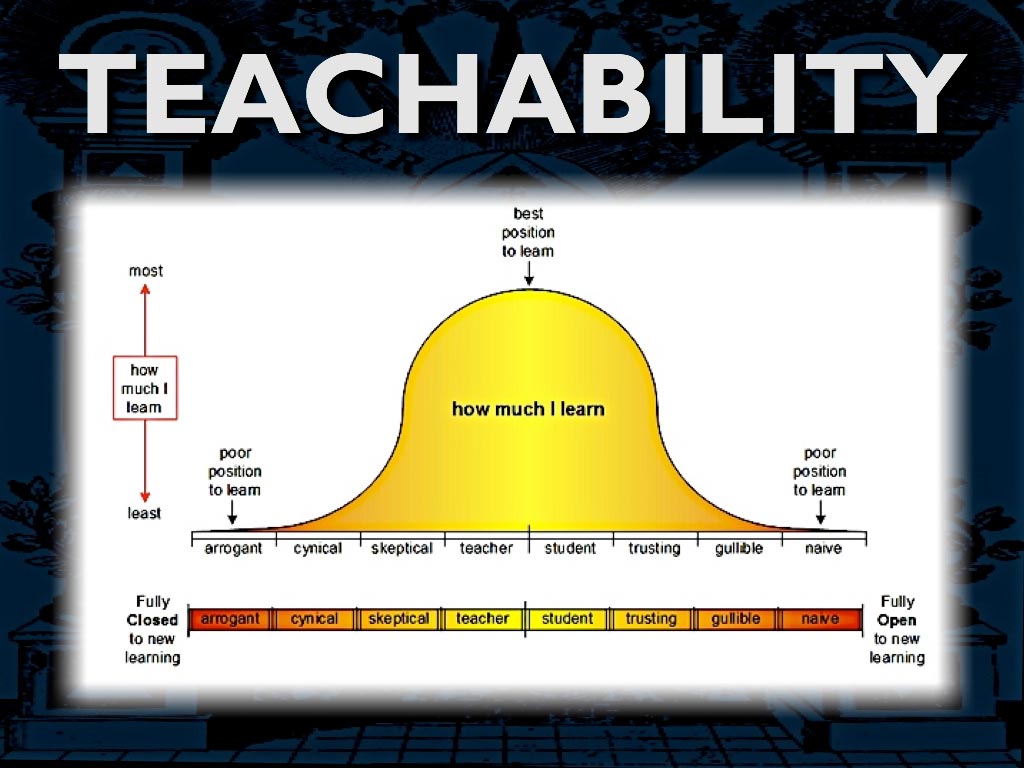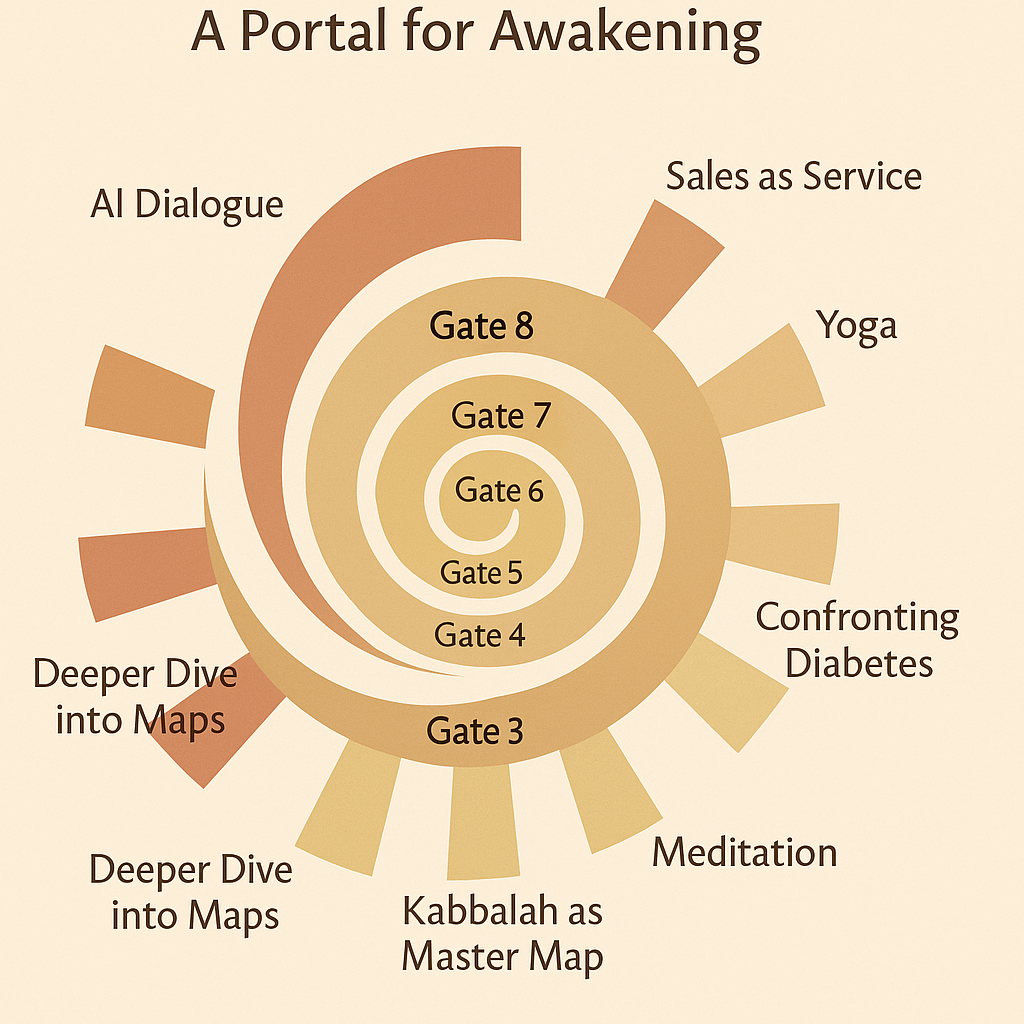The Shift
The shift from living in the matrix to seeing the matrix for what it is and following your individual and unique path to transcend and transmute it is like the caterpillar going through the process of weaving itself into a cocoon, melting down and eventually being born again as a butterfly.

There are many ways of seeing and describing this process. Some say it is a dimensional shift from 3D to 5D. Some think extraterrestrials will show up and this will mark the moment. Others think that the Messiah is coming to claim the throne and guide humanity into a golden age: the promised land. Is it an awakening? Perhaps an apocalypse? Maybe it is a return to Atlantis or Lemuria? One of Ekhart Tolle’s book entitled….A New Earth came out in 2005. Dolores Cannon published her book The Three Waves of Volunteers and the New Earth in 2011.
The Three Roles in the New Earth
It is 20 years since Dolores Cannon saw the three waves of volunteers. If you are reading this, perhaps you are one of those volunteers that Dolores speaks of. The working assumption of choicetimes is that now may be the moment when the butterfly emerges from her cocoon; It is time for the volunteers to step into their role.
There are three roles for those who will help build the sanctuaries which will serve as nodal anchors for the grid, safe zones for awakening and magnetic gathering places:
1) Visionaries – Role Ignitors: The idea person; receive and transmit original blueprint; manifestor. Without help their visions just stay as ideas.
2) Healers – Frequency Tenders: They clear the energy; hold space; keep the field clean; make the sanctuary feel like home; Light-worker. Without help their spaces remain floating, beautiful but not rooted.
3) Builders – Grid Setters: They claim the land; design layout; anchor nodes; build pods; install crystal tech; construct cabins; Flame Architect. Without manifestos they don’t know where to build and without light workers their sanctuary feels cold, it lacks heart.
Retreat to Sanctuary
I have always wanted to create and facilitate intensive retreats….I thought that was the “big ticket item.” I have always known it was the most effective way to initiate and accelerate change. Nothing like a 30 day Bikram Yoga challenge or a 10 day Vipassana Meditation retreat to reset your trajectory to a higher angle of growth. I am starting to understand that maybe, right here-right now, it is not retreats that are required but rather sanctuaries.

Yes, definitely physical ones where communities of turquoise can be developed. But also, maybe websites like this one can be sanctuaries for those who recognize something is not quite right in the matrix and they are seeing the glitches and the promise of a better way.
The Living Matrix Hub’s Role
The Visionary is the spark, the Healer is the glow and the Builder is the fire pit.
I am not a healer and I am not a builder. In fact, I am not allowed to use several power tools including a power drill or lave. Just too dangerous for both me and others.
This website offers a view, a description and a brief orientation of several “maps of the territory;” the layout and the landscape of the matrix and beyond. The working assumption is that if you can bring into your awareness multiple perspectives and hold them at the same time you will begin to recognize the patterns and connect dots. You will begin to get glimpses of the holographic and fractal nature of reality.
If you take the 3 minute assessment test, designed as a location tool, you will be provided with a description of the sector you, most likely, reside – In The Matrix. You must know where you are starting from.
